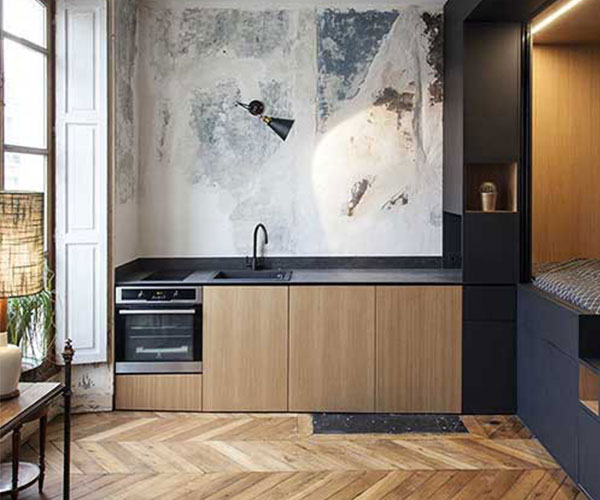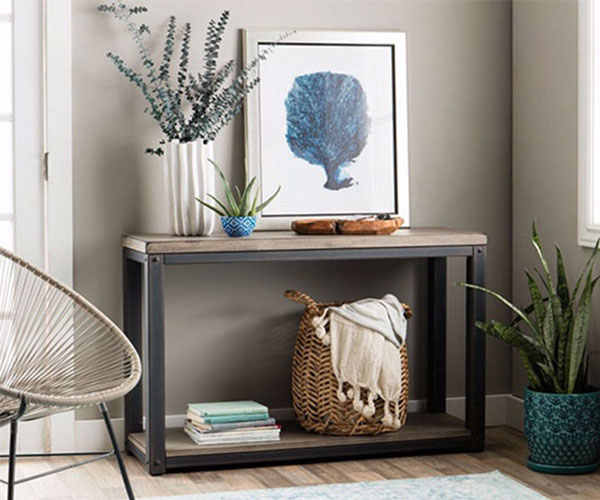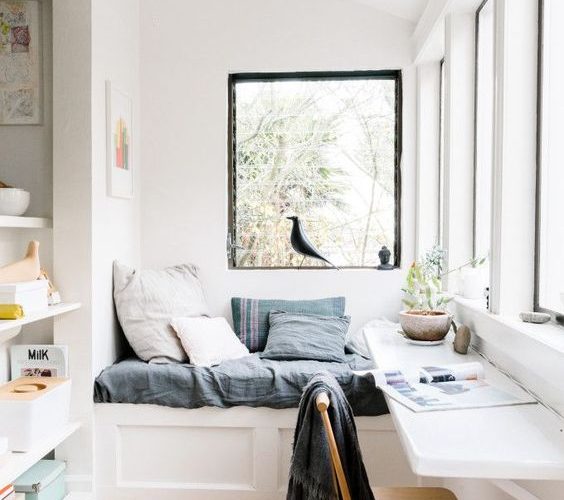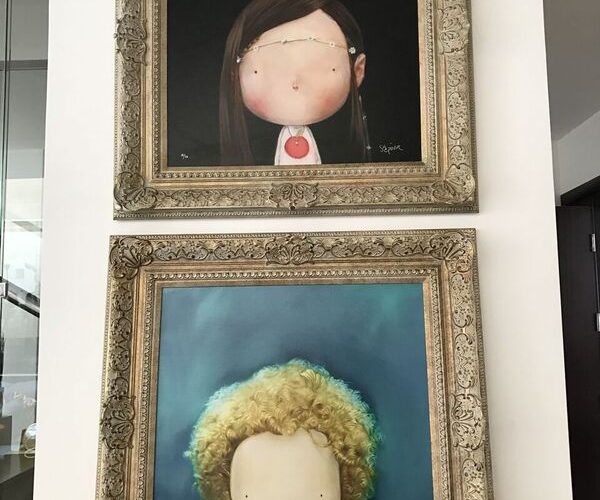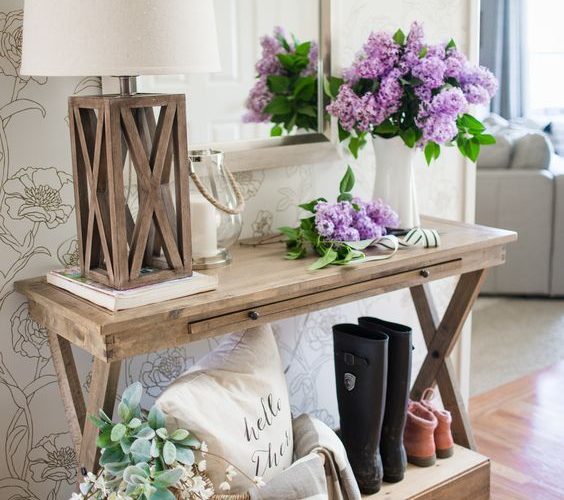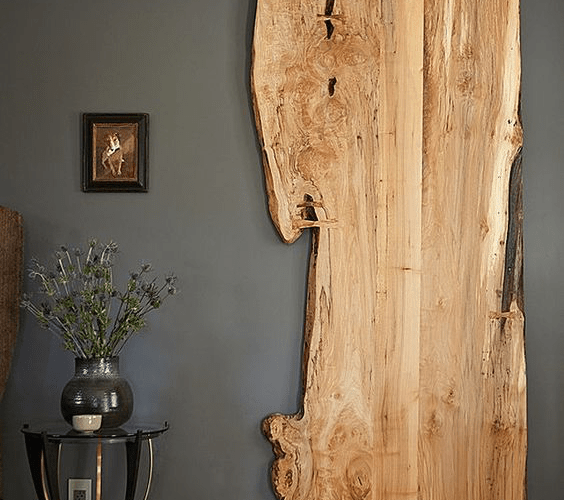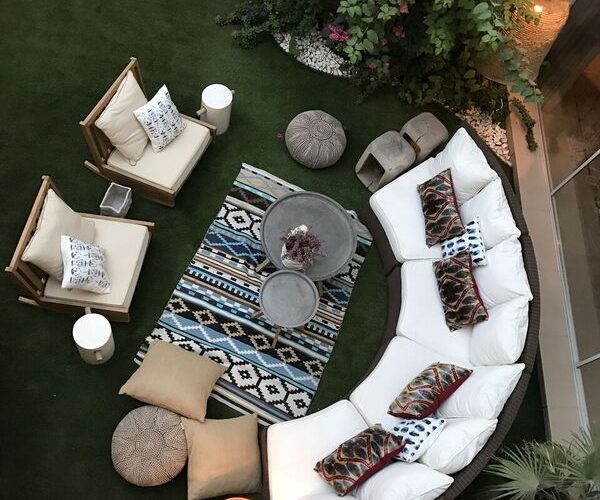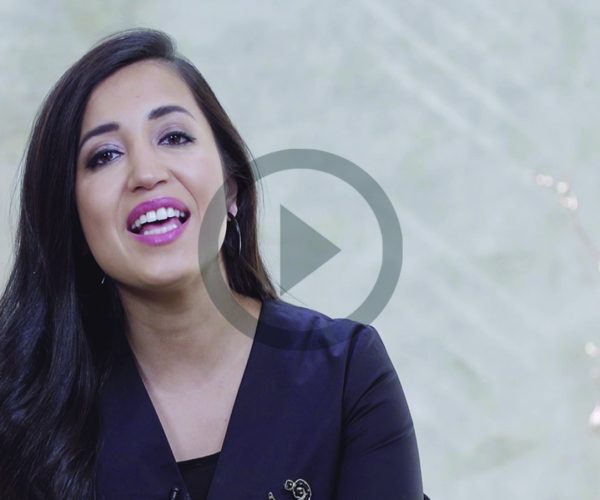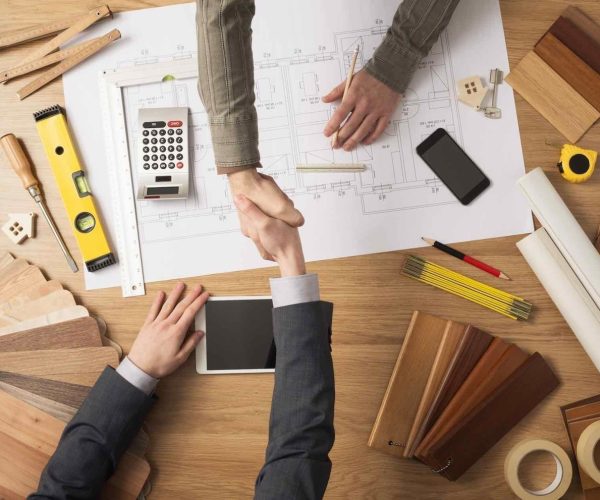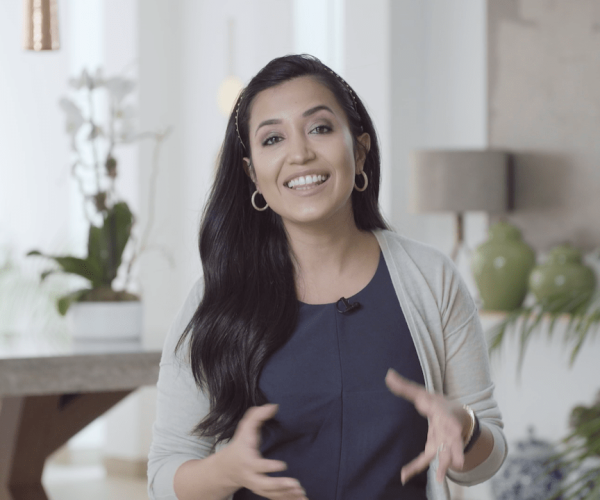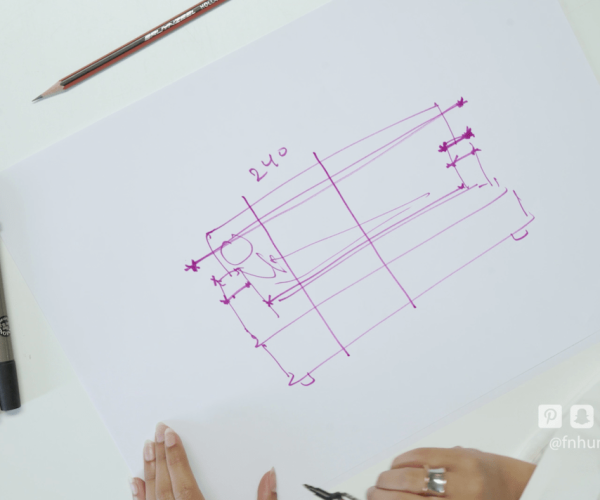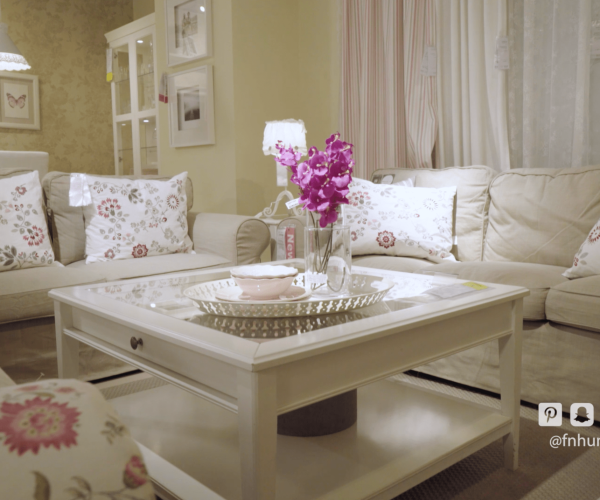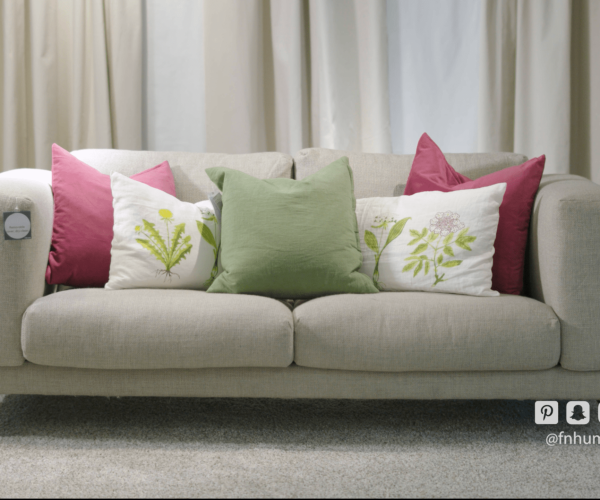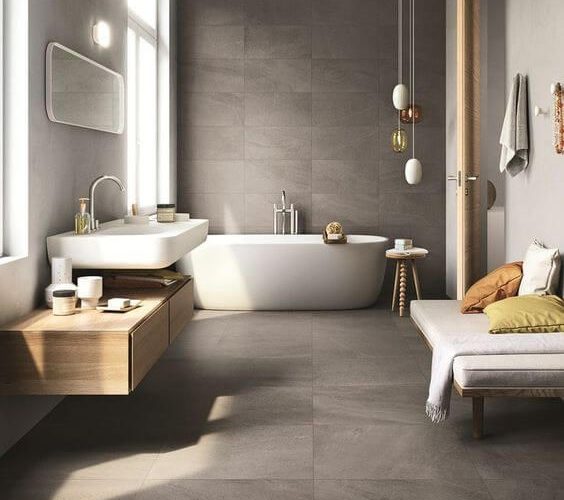- Home
- |Blog videos
- |The budget and maintaining it
The budget and maintaining it
It would be amazing to have unlimited resources for your designs, but for most of us, the budget drives everything from architectural changes.
It’s a balance between what you want, what you need, and the compromises required to stay within budget. What you’ll find as you gain experience in the wonderful world of design is that some of these compromises are incredibly enjoyable and end up giving you a unique look for a fraction of the cost.
Perhaps you looked at those Hollywood designs and thought you couldn’t replicate them on your budget, right?

Planning a budget for your interior design project is very important and will vary from one project to another based on the costs of materials, construction labor, and the nature of the project you’re undertaking. Do you have walls you want to remove? Or do you need a little handy help for your home improvements? All of this determines the specific budget for the size of your project.

Knowing exactly how much money you’ve allocated helps you plan your project and stay on track when you’re tempted to justify a more expensive purchase.
It’s easy to fall in love with an expensive piece of furniture or some elaborate architectural changes and move forward when you can’t actually afford them.
If you allow yourself to assume an unlimited budget at the start of the design, you could end up in a tight spot as you near the end.
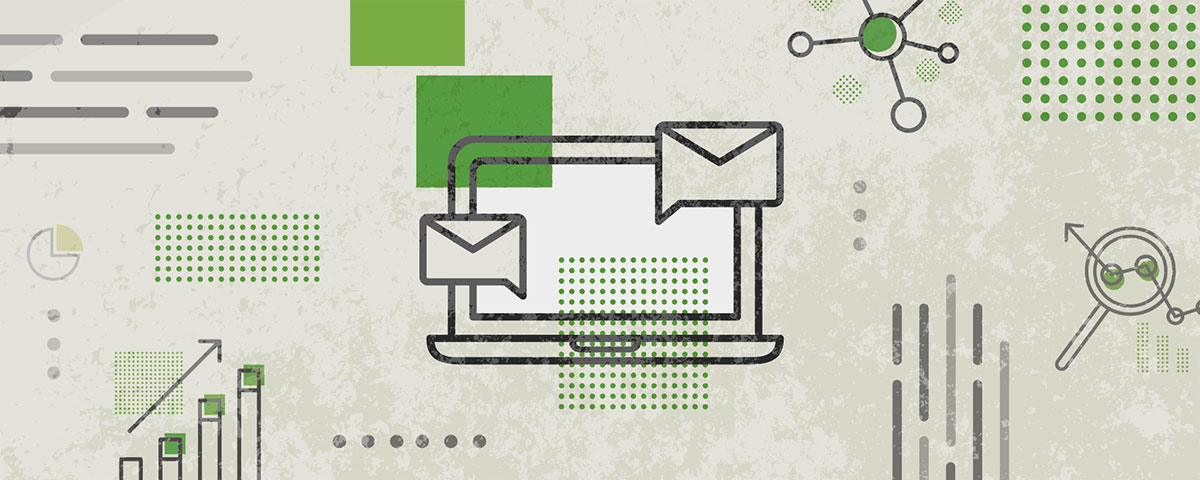
Once you decide which rooms will fit within your budget, it’s time to start drafting your final plan.
The easiest way to do this is with a budget worksheet. Having a budget worksheet is an excellent way to refrain from spending more money than you have.
You can find many different budget worksheets online, or you can create your own.
 Some elements to consider when creating your wishlist and needs are as follows:
Some elements to consider when creating your wishlist and needs are as follows:
- Home furniture
- What do you plan to use that you currently own?
- What can be repurposed? Cost?
- What do you need to buy?
- Fabrics
- Accessories
- Rugs
- Pillows
- Artwork
- Lighting
- Paint
- Wallpaper
- Window treatments
- Architectural features
- Cabinets
- Sinks / basins
- Appliances
- Flooring
- Closet / shelving updates
- Construction work
- Electrical
- Plumbing
- Wall removal
- Ceiling fixtures
- Delivery / shipping fees
- And other supplies
Some suggested categories in the spreadsheet might look like this:
- Items
- Quantity
- Estimated cost
- Estimated shipping
- Labor (installation, etc.)
- Total
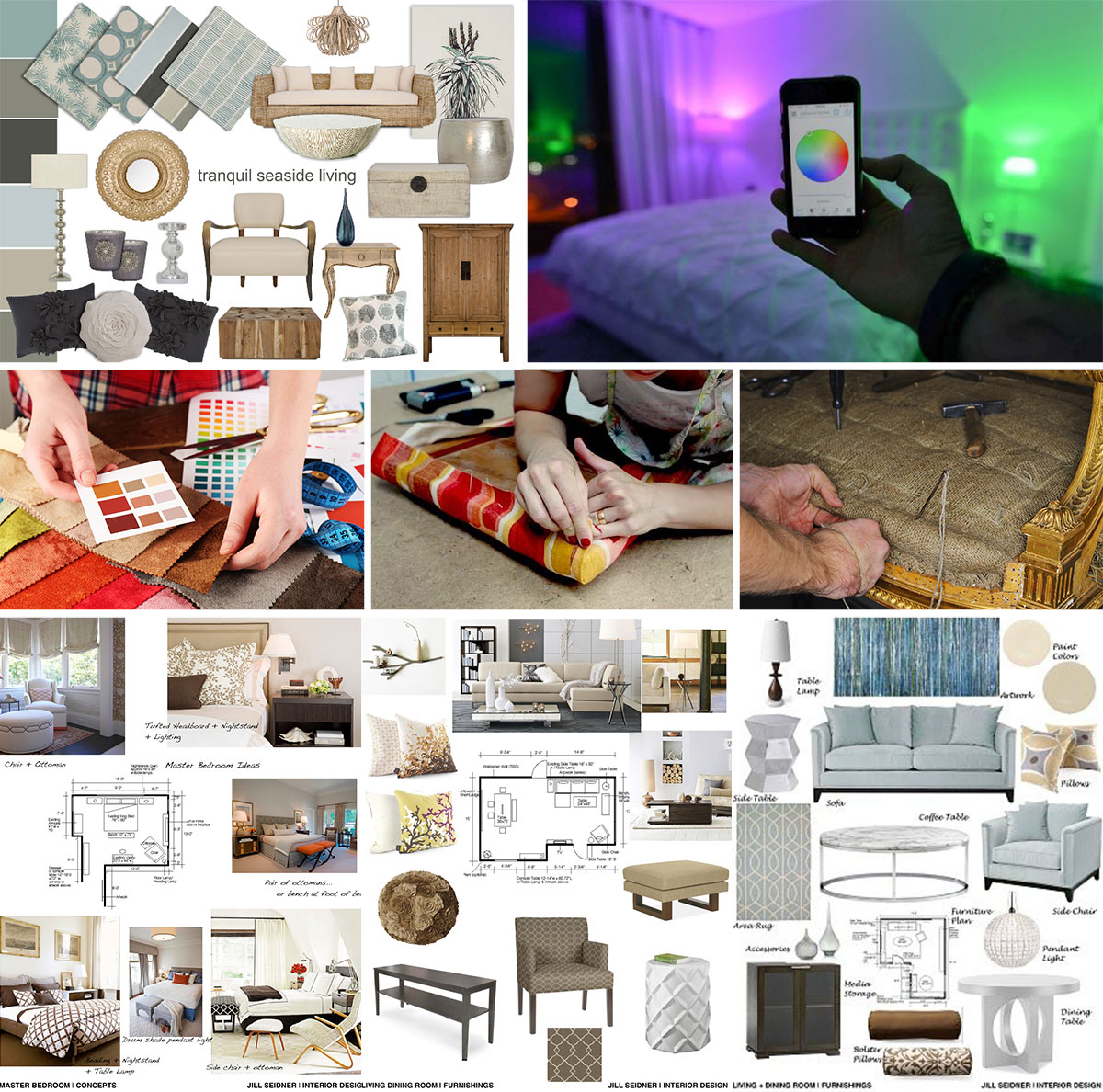
Keep at least one copy in your car or wallet because it’s important to have it with you when you go shopping for supplies. Now that you have your interior design budget, you can move on to the next steps in your design process.
An aesthetic angle in the living room
It’s wonderful to think about designing the living room and making it the focal point of the house, especially since...
The splendor and beauty of marble
A type of crystallized limestone formed under intense heat or pressure, marble is unparalleled in its transparent beauty. Although marble...
كيف يوضع سريرك في غرفة نوم؟
كيف يوضع سريرك في غرفة نوم؟ ٢٢ نوفمبر٢٠١٧ عندما تريد أن تكون في أفضل حال في يومك، عليك بنوم مريح...
عشان يكون بيتكم مختلف
عشان يكون بيتكم مختلف ٢ نوفمبر٢٠١٧ في أي مشروع اصممه خاصه اذا كان المشروع لبيت سكني… أحاول ان يكون البيت...
مدخل بيتك هو عنوانك
مدخل بيتك هو عنوانك ١١ اكتوبر ٢٠١٧ دائما اتكلم عن البيت من الداخل و كم يحتاج الانسان للتفكير في كل...
أبواب الاسطبل في التصاميم صار موضة؟!
أبواب الاسطبل في التصاميم صار موضة؟! ٢٧ سبتمبر ٢٠١٧ في البيوت الجديدة والمكاتب، نرى تصاميم وصيحات جديدة في الديكور، أبرزها...
الشغل الحر… حامض حلو
الشغل الحر… حامض حلو ٢٨ ديسمبر ٢٠١٦ الشغل الحر حلو من ناحية… حره وقتي و حره قراراتي… لكن معاه وزن...
خمس مشاكل مع المقاولين
خمس مشاكل ممكن أن تواجهها مع المقاولين وكيفية تجنبها ١٨ ابريل ٢٠١٨
Newsletter
Subscribe to our newsletter & get all the latest news.

